CIOs tiptoe into the Twitterverse
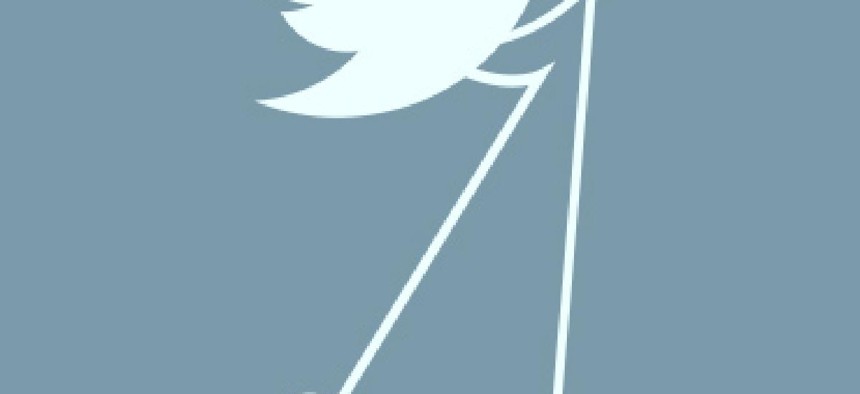
Only a handful of CIO Council members are active on social media, but their varied approaches offer important lessons.
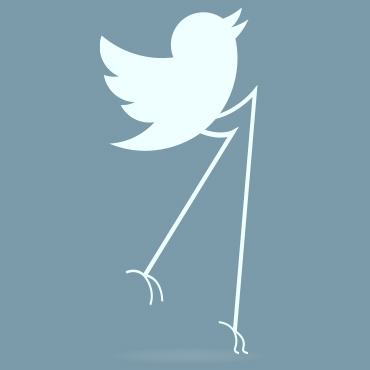
Only a handful of CIO Council members are active on social media, but their varied approaches offer important lessons. (FCW graphic)
General Services Administration CIO Casey Coleman tweets about Amish romance novels and her love of socks. Her colleague Sonny Hashmi, GSA's deputy CIO, has two Twitter accounts and lively opinions on a broad range of topics.
Viewed through the prism of their Twitter activity, the personalities of federal CIO Council members come to life. Fewer than a quarter of them have public accounts on Twitter, but those who do offer a glimpse into their personal tastes and their approach to work.
To what extent CIOs use Twitter to talk shop, comment on the news of the day, or vent about traffic and the like varies depending on the user. Coleman and Hashmi inject humor and personal style into their Twitter feeds as much as they talk about work.

Hashmi displays a penchant for complaining about the mundane — "3.25 for drip coffee and dash of soy? That has to be illegal somewhere" — and an appreciation for pop culture. He linked to a video of an a cappella cover of the popular Daft Punk song "Get Lucky" performed by a scraggly-looking man (and self-proclaimed YouTube celebrity) who created a new baseline uttering the words "boots, cats."
Coleman has complained on Twitter about bad hair days and slow Metrorail service. But she and Hashmi also tweet frequently about technology and use Twitter to connect with their colleagues.
Federal CIO Steven VanRoekel, on the other hand, is all business. He uses Twitter almost exclusively to talk about the Obama administration's Digital Government Strategy and other initiatives he oversees.
Very occasionally, VanRoekel sneaks in a tweet about issues outside his policy portfolio. For instance, he posted a photo of his "I voted" sticker and has commented on the weather in Washington.
Frank Baitman, CIO at the Department of Health and Human Services, similarly uses Twitter to talk about and promote his work at HHS.
The power of tweets
When used correctly, communication experts say Twitter and other social platforms can be powerful tools. Employees "would be more apt to listen to me from a tweet than an email message to the whole organization," said Linda Cureton, former CIO at NASA and now CEO of Muse Technologies.
"Twitter is more personal.... You can get a good sense of me and my sense of humor," she added. "To the extent that your agenda is helped by people knowing who you are, it's helpful."
Twitter is also a means of strengthening one's relationship with the community inside and outside government, current and former public officials say.
By knowing who is following you on Twitter, "it's a way to understand who your customers are and have an opportunity to interact with them," said Sheila Campbell, director of the Center for Excellence in Digital Government at GSA.
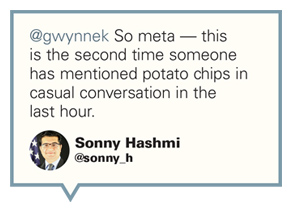
During her time at NASA, Cureton said she tweeted updates from meetings, and as a result, "industry stayed more abreast of what we were doing."
Social media can also boost internal synergy, said Rick Holgate, CIO of the Bureau of Alcohol, Tobacco, Firearms and Explosives and president of the American Council for Technology.
"By mentioning something on social media, another federal counterpart will pick up on it, and they might discover a commonality they didn't know about beforehand," said Holgate, who stressed that he was speaking in his ACT capacity and not for ATF.
Social media also gives public officials a way to be more responsive. David McClure, associate administrator of GSA's Office of Citizen Services and Innovative Technologies, demonstrated as much when he tweeted about an error on the CIO.gov site and noted that it was being fixed.
The benefits of engagement
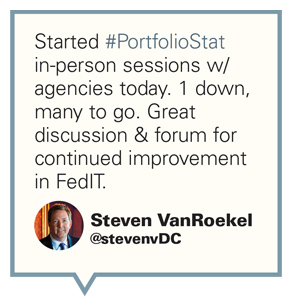
Nevertheless, experts have varying opinions on the level of social media involvement CIOs should have. Coleman said being an active tweeter helps her understand what's going on in the industry and how GSA is perceived in the broader marketplace. "Social media is a vital tool for that," she added.
Jimmy Gardner, owner and chief engineer at technology consulting firm teKnoluxion, considers social media a must. "I think it's a huge necessity, particularly if you are a CIO," he said. "They can learn from their followers and vice versa."
Yet Dan McSwain, who worked with VanRoekel at the Federal Communications Commission, said CIOs do not have to be active participants to benefit from social media.
"The more important question is how are CIOs using social media to listen," said McSwain, who is now a partner at a new public relations firm specializing in digital engagement called Geer Strategies. "A CIO needs to be looking at not just how their agency in particular is being communicated with, but how the issues that are critical to their mission objectives are being discussed on social media."
Part of the challenge of using social media is blending or separating personal and professional uses, although opinions differ on whether there can be a meaningful separation of the two.
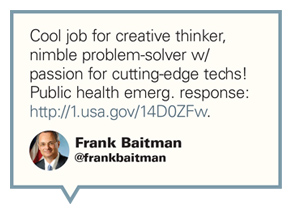
That duality is evident in CIOs' biographies on Twitter. VanRoekel's bio states that his "tweets are captured per Presidential Records Act" while Hashmi wrote that his "views are mine alone, not my employers'."
History shows, however, that actions taken on a personal account can influence the public's perception of the professional. Look no further than disgraced ex-congressman Anthony Weiner for evidence of that.
"I am of the opinion that you cannot separate the personal and professional," Cureton said. "You have to figure out how to do both at the same time."
And although the majority of CIO Council members do not have a public presence on Twitter or Facebook, it doesn't mean they don't understand and appreciate social media's value.
Speaking at a recent conference in Washington, D.C., Margie Graves, acting CIO at the Department of Homeland Security, talked about social media's relevance. The flurry of communication after the Boston Marathon bombings is a situation "where you see social media, and the use of mobility, coming back to the law enforcement community as information that they utilize," said Graves, who does not have a public presence on either Twitter or Facebook.
Although simply monitoring social media can be helpful, Holgate said the real benefits come from engagement.
"Participating is equally if not more important than listening," he said. "The fact that you can communicate with a broader community shouldn't be seen as something that gives you pause. It should be seen as an opportunity."


